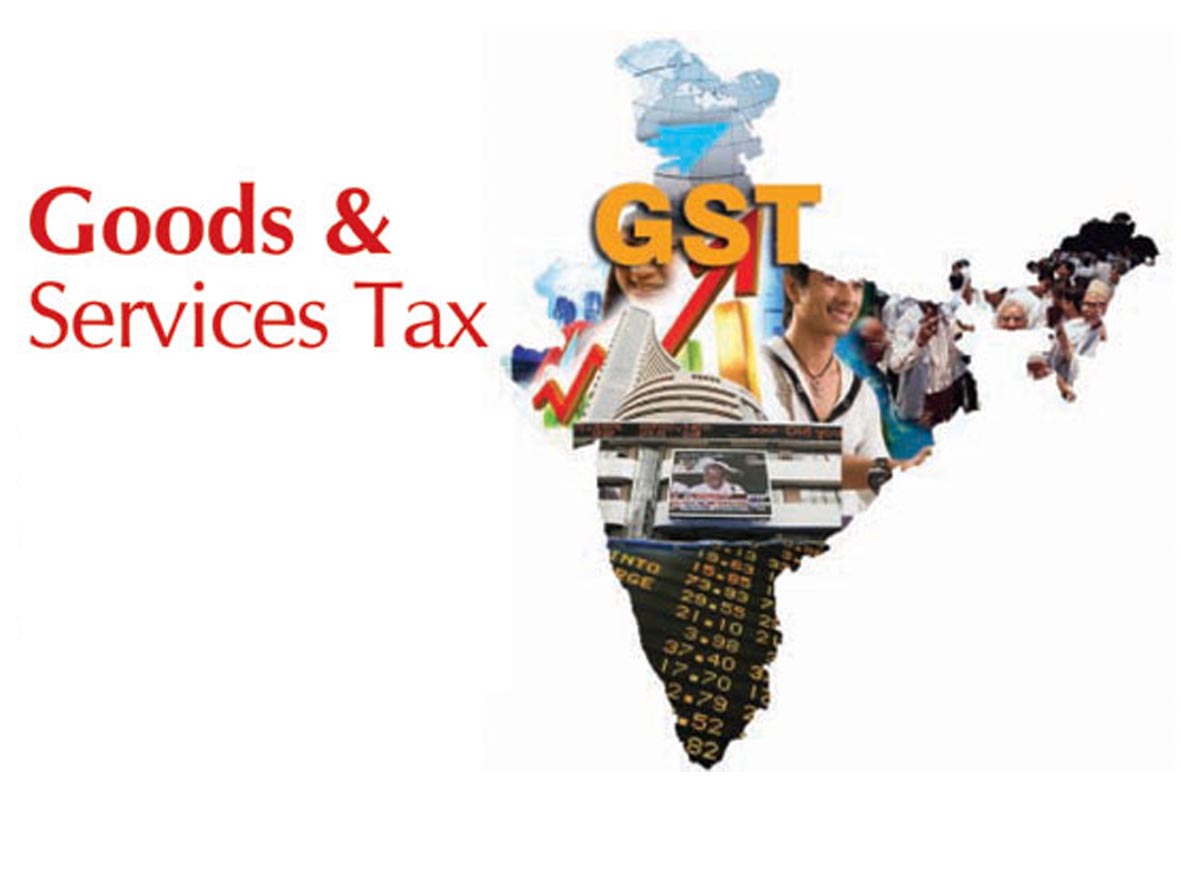GST or Goods and Services Tax had long been talked about, debated in India but there was not much movement as far as its implementation was concerned. Things just laggardly remained at the debate and discussion stage for eons.
It was only in 2017 that the incumbent Narendra Modi-led government took the bold step of actually implementing GST uniformly across the country, after a historic and unprecedented midnight session of Parliament, the night before it was actually put into action on July 1st, 2017.
Initially, there was immense speculation around whether Goods and Services Tax would work, what its overall implications would be, but as we find – a few years down the line, GST has clearly worked.
Accordingly, in this article, we spell out 5 reasons for which we reckon that GST has clearly been a bold, much-needed step, who’s implementation has clearly proven to be a step in the right direction for India’s economy to grow incrementally.
Single Tax Nationwide
One of the biggest advantages of Goods and Services Tax has been the way in which it has brought about uniformity on taxation across a variety of products and services. Otherwise, pre-GST, things were really complex, with various direct and indirect taxes, state taxes, and so on which made it really difficult for common, everyday folks to keep up with the prices of commodities and services which they availed.
To give you an example, with states implementing their own taxes, you could be paying a different rate for the exact same product from the same company when bought in two different states. Now, with Goods and Services Tax, this kind of ambiguous differentiation in taxation has simply flown away through the window.
No Rise in Inflation Post-GST Implementation
Speculation was rife that once GST would be implemented, inflation would shoot through the roof. Nothing of that sort happened?
Do you ask, why? Well, largely because there was a slab-system in place which ensured that the tax component did not actually lead to an increase in the price of the product or service in question. Moreover, the government did take adequate measures to ensure that no one ended up abusing the system in order to make undue profits.
Nationwide, Singular Market
With the implementation of GST, gone were the days when you would typically see trucks lined in huge queues at every state border. In fact, these border controls/checks were themselves dismantled after GST was in place.
As a result, products could be moved around freely with uniformity without having to be unduly concerned about prevalent taxes/duties/charges in respective states.

Widening the Entire Tax Base
A very big challenge for any administration in India is the country’s narrow tax base. By far, the majority of India’s population does not pay any tax at all. In fact, a large proportion of the country’s populace exists outside of the banking system, leave alone be liable for paying taxes.
In such a scenario, to bring forth a tax system as revolutionary as what the Goods and Services Tax has to offer is definitely a step in the right direction since it incrementally increases the overall tax base.
With more people directly or indirectly having to pay taxes (since tax is already included in the products or services they avail, irrespective of whether they themselves pay taxes at an individual level), the overall tax base is clearly widened with the implementation of this tax.
Simplifying Operations for Businesses
A key advantage of Goods and Services Tax has been that it has made things a lot simpler for businesses. Otherwise, computing a variety of different taxes and accounting for them in their books proved to be a tremendously demanding exercise.
Now with the Goods and Services Tax, things have got a lot smoother.
In fact, a lot of foreign businesses with strategic investment commitments in India especially lauded the bold step taken by the Indian government since it helped simplify things for themselves in a big way. Moreover, with Goods and Services Tax being the norm in most other developed or advanced/industrial nations, these businesses felt more at home in India, now that GST was in place.
Conclusion
Clearly, the implementation of the Goods and Services Tax in India has brought with it so many distinctive advantages.













